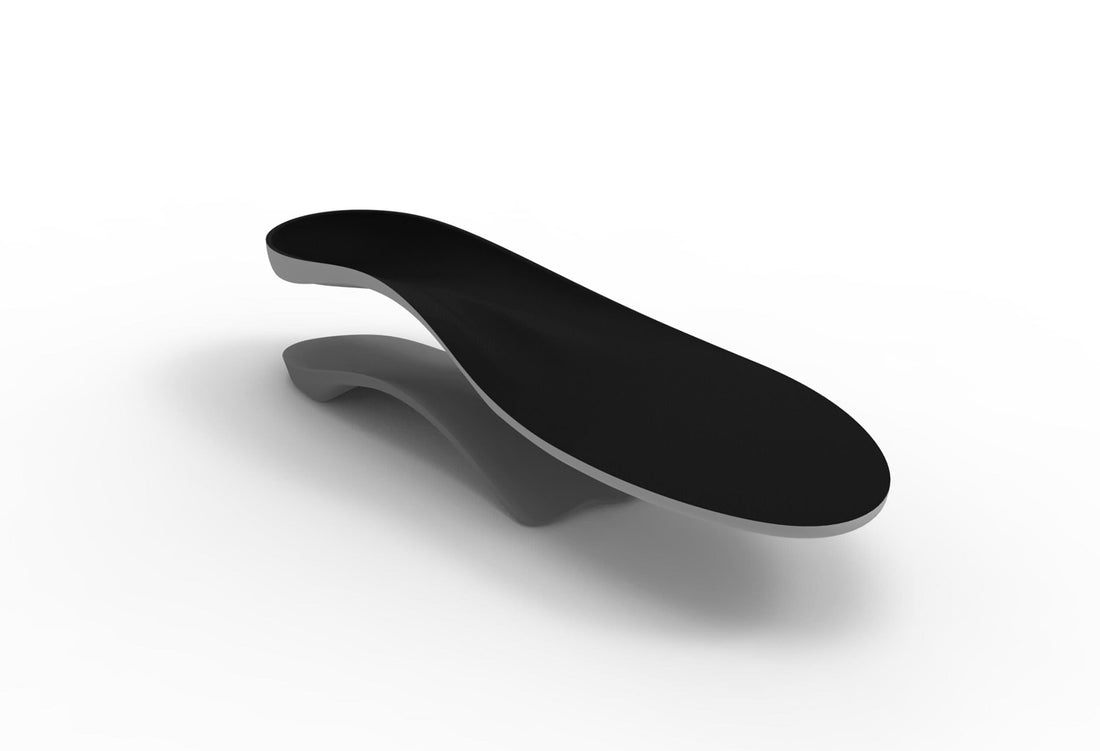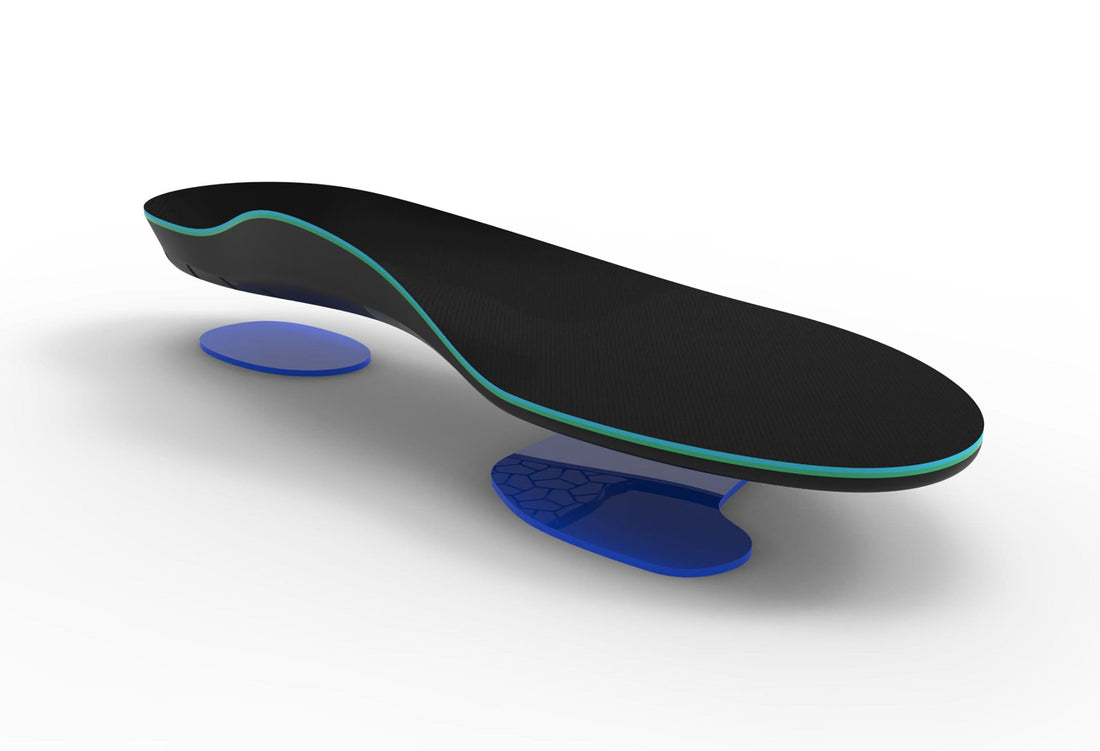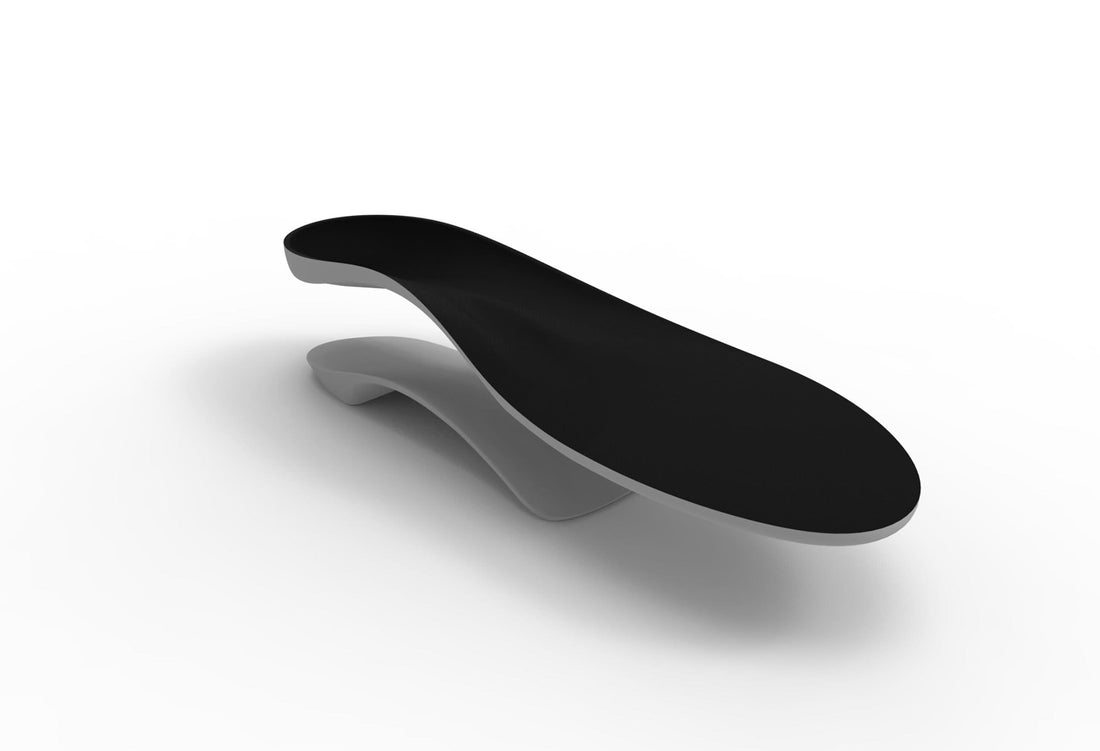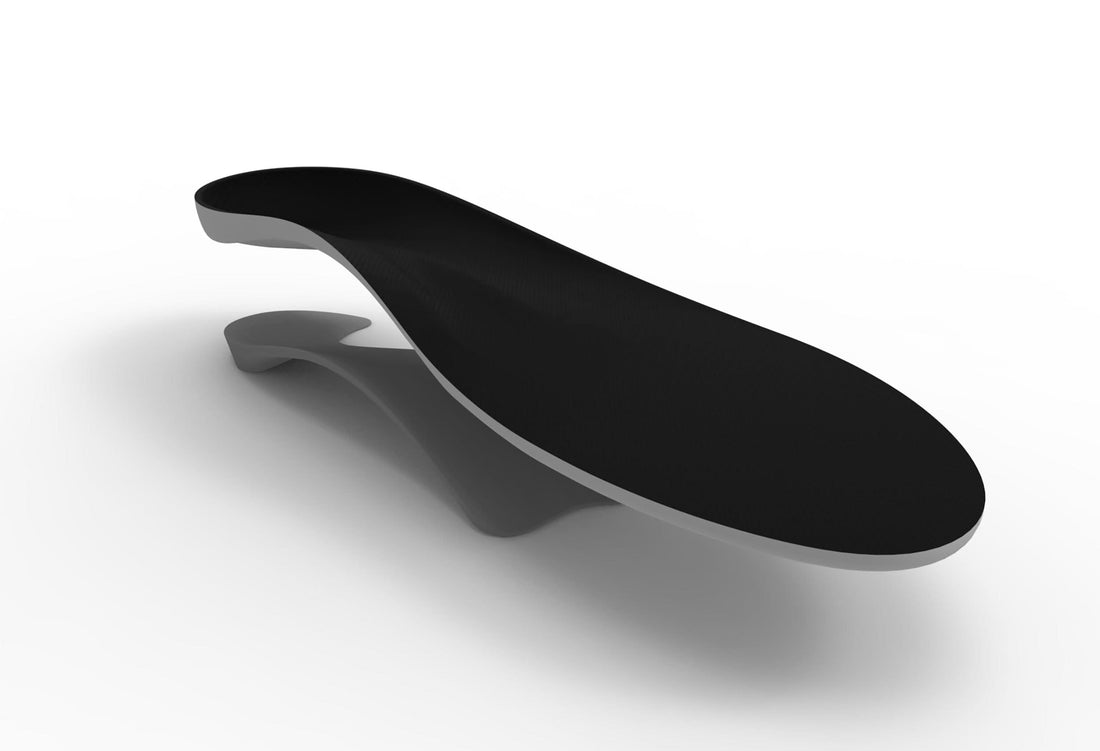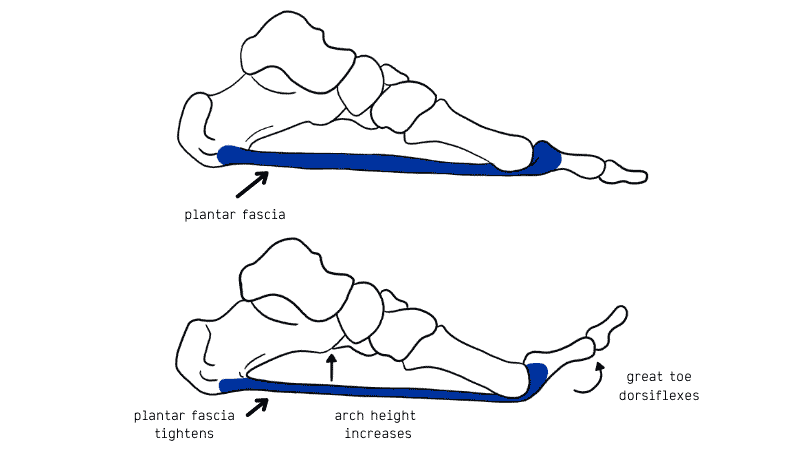Subtalar joint position is controlled by maintaining the centre of the heel – position the toe and knee in the same sagittal plane by use of reference lines on the ground and wall.
The patient progressively adjusts the distance of their foot from the wall so that their knee contacts the wall at the point of maximum ankle joint dorsiflexion. At this point the horizontal distance from the end of the hallux to the wall is measured.
The normal mean value is ~130mm (for an adult of average height). An alternative is to place a gravity inclinometer along the anterior tibial border and measure the angle the tibia makes from vertical. This technique is not affected by the height of the individual. The normal mean value is ~45 degrees. Restricted ROM of the ankle has been associated with a number of lower limb injuries.
Orthotic Implications
A lack of ROM in the ankle joint often means that orthotic therapy will not be tolerated by the patient. This is because pronation consists of dorsiflexion. If orthoses are given to the patient they generally need to be a LOW arch.
Notes
The patient stands facing a wall and dorsiflexes the ankle of their ipsilateral leg, while flexing the knee until they cannot dorsiflex further without lifting the heel from the ground.
About Interpod’s Biomechanical Tests
Interpod utilises the most current biomechanical tests to aid with orthotic prescription. The following relevant biomechanical tests will help practitioners maximise patient outcomes.
The purpose of a biomechanical test is to determine if patient symptoms are mechanical in nature or whether they are caused by other factors such as illness. The results of a biomechanical test can be used to highlight the pathomechanics of patient symptoms. In addition, they can be used to determine the most appropriate orthotic and possible orthotic additions if required.


